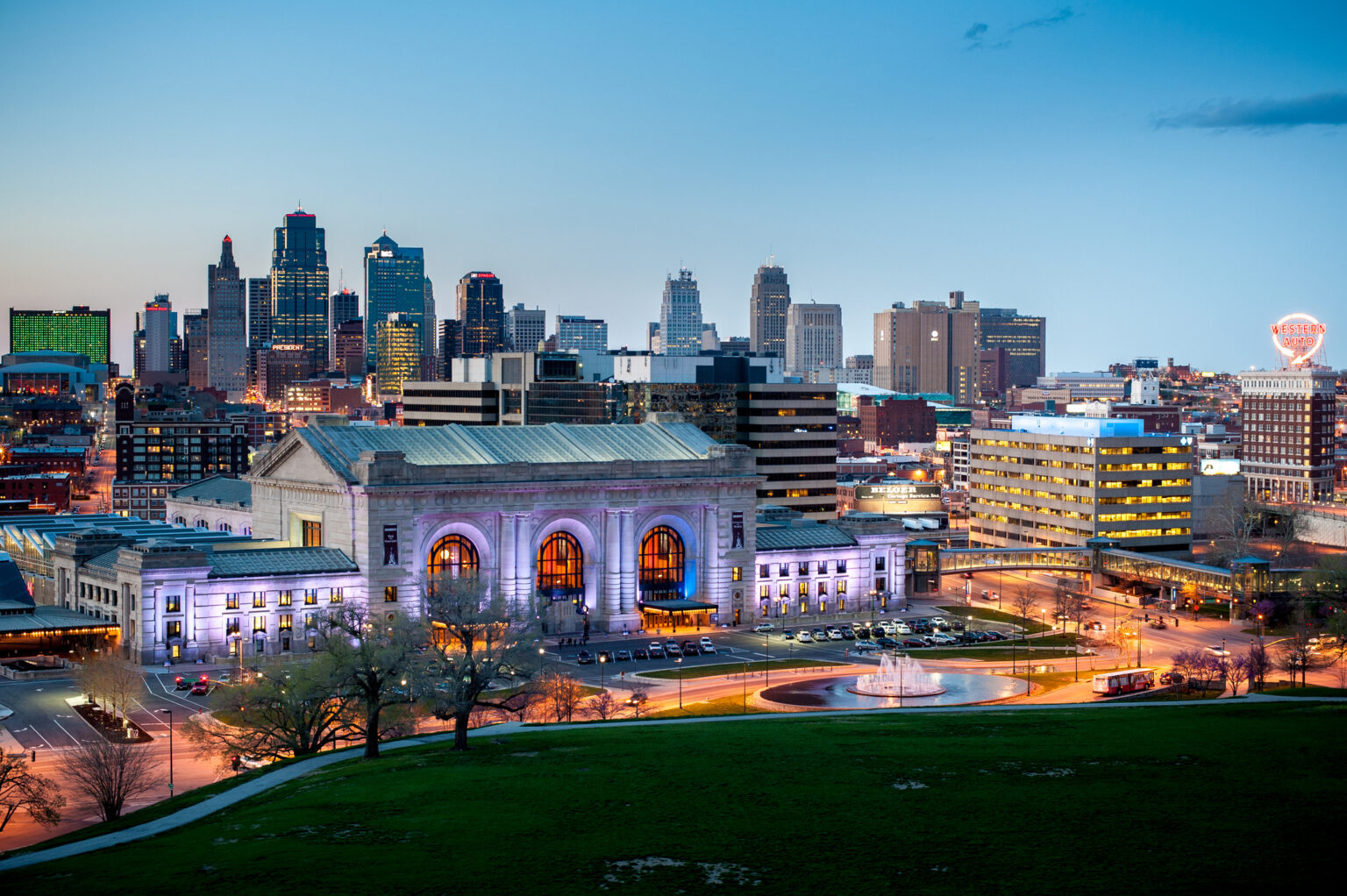8:52
News Story
Missouri won’t let Kansas City become sanctuary city, but mayor wants more immigrant workers
Kansas City Mayor Quinton Lucas has essentially invited immigrants to come and fill the local labor pool.
He’s offering officials in New York and Denver help from the crush of immigrants in those cities and welcoming foreign workers to Kansas City.
That quickly sparked accusations that Lucas appeared bent on making Kansas City a sanctuary city, offering harbor to people in the country illegally — in a place where that would violate state law.
After an uproar from anti-immigration politicians in Jefferson City, Lucas made clear his welcome mat only applied to immigrants in the country legally with work visas.
“We need a lot more employees,” the mayor told Bloomberg News. “If there are people who are willing and able to work, then I believe that there could be a place for them.”
Even without a sanctuary city designation, bringing immigrant workers to Kansas City will create chores for the city and resettlement agencies.
Is Kansas City becoming a sanctuary city?
How exactly Kansas City would handle immigrant workers remains unclear. Local lawmakers aren’t considering designating Kansas City as a sanctuary city, which would mean passing ordinances protecting people in the country illegally from deportation or federal prosecution.
But city officials are looking at ways to bolster the metro’s workforce.
Lucas told Bloomberg that he has been in contact with mayors in some large U.S. cities. He said that Kansas City will have a better idea of its capacity after Memorial Day.
Immigrants have positive impacts on their communities through labor and small businesses, said J.H. Cullum Clark, the director of the Bush Institute-Southern Methodist University Economic Growth Initiative.
“It’s totally obvious that the benefits outweigh the costs,” Clark said.
Economic development is a major focus of both Missouri and Kansas City. In the past five years, companies have announced $9 billion in investments in the metro area, Bloomberg reported.
The City Council has already set aside $1 million toward housing, training and language services for immigrants. Research shows that, unsurprisingly, immigrants thrive more when they have help learning English.
But some members of the City Council still have questions.
“I do have concerns about the lack of discussion and planning,” Councilwoman Lindsay French said last week at a meeting of the Special Committee for Legal Review. “I’m really concerned that we haven’t had those discussions internally as a council.”
French said that she wants the council to consult with the nonprofit resettlement organizations — Della Lamb Community Services, Jewish Vocational Service and El Centro Inc. — to get a better idea of their capacity.
An influx of immigrants typically poses a slight drain on local and state budgets, Clark said.
Over time, immigrants and their families improve the finances of the federal government by paying income taxes, Clark said. But there is a near-term cost for states and cities.
“One way or another, they have to sleep someplace and they have to get fed,” Clark said. “That’s a big administrative lift right now for a lot of cities.”
Still, data show that immigrants and their families add more to communities and economies than they take.
What would it mean for Kansas City to bring in workers into the U.S.?
Research shows that places like Kansas City profit from when they welcome immigration.
A report Clark authored ranked Kansas City as the top 23rd metropolitan area for immigrants moving within the U.S.
“Everybody has an image of lots of immigrants in Los Angeles, New York, Miami,” Clark said. “They may not have this image of foreign-born people streaming into Kansas City and doing all kinds of jobs. But that is the case, to a much greater degree than probably most people understand.”
And amid an effort to bolster the local economy, Kansas City’s workforce isn’t keeping up with demand.
Unemployment in Kansas City was at 3.6% in February of this year. In Missouri, it was 3.3% and in Kansas it was 2.7%. Nationally, unemployment was at 3.9% in February.
“My union, they’re begging for people,” said Ralph Oropeza, the business manager at Greater Kansas City Building & Construction Trades Council.
He said fewer people are chasing construction and labor jobs, but projects are booming. He pointed to the planned $800 million mixed-use development at the Berkley Riverfront that is set to break ground later this year.
“There’s going to be a need for laborers,” Oropeza said. “Our doors are wide open for people to apply for apprenticeship, but nobody will.”
Another factor: Kansas Citians are aging out of the labor market. Data from the U.S. Census Bureau found that by 2030, 25% of Missouri’s population will be over 60.
The Congressional Budget Office, a nonpartisan federal agency, predicts U.S. deaths will exceed births starting in 2040. Then, immigration will account for all population growth.
That creates a need for workers on two fronts, said Giovanni Peri, a migration and economics researcher at the University of California, Davis. Laborers and health care workers are now increasingly in demand.
“From jobs in restaurants, hospitality, elderly care to more high-tech jobs,” Peri said, “the labor force is shrinking and aging.”
The economy is absorbing foreign-born workers while also generating jobs for those who were born in the U.S., an analysis from the left-leaning, pro-union Economic Policy Institute found, bucking claims that immigrants may be filling jobs that Americans would otherwise be working.
Growth begets growth, Peri said.
For example, say a company wants to build a hotel, but it struggles finding construction laborers and hospitality workers to fill the potential jobs. That’s a net negative for the city when it comes to generating jobs and economic development.
“When there are these bottlenecks and a firm cannot fill some jobs in some areas,” Peri said, “it slows down the growth with the consequence of needing fewer and fewer people in other jobs, too.”
This article first appeared on The Beacon and is republished here under a Creative Commons license.![]()
Our stories may be republished online or in print under Creative Commons license CC BY-NC-ND 4.0. We ask that you edit only for style or to shorten, provide proper attribution and link to our website. AP and Getty images may not be republished. Please see our republishing guidelines for use of any other photos and graphics.





